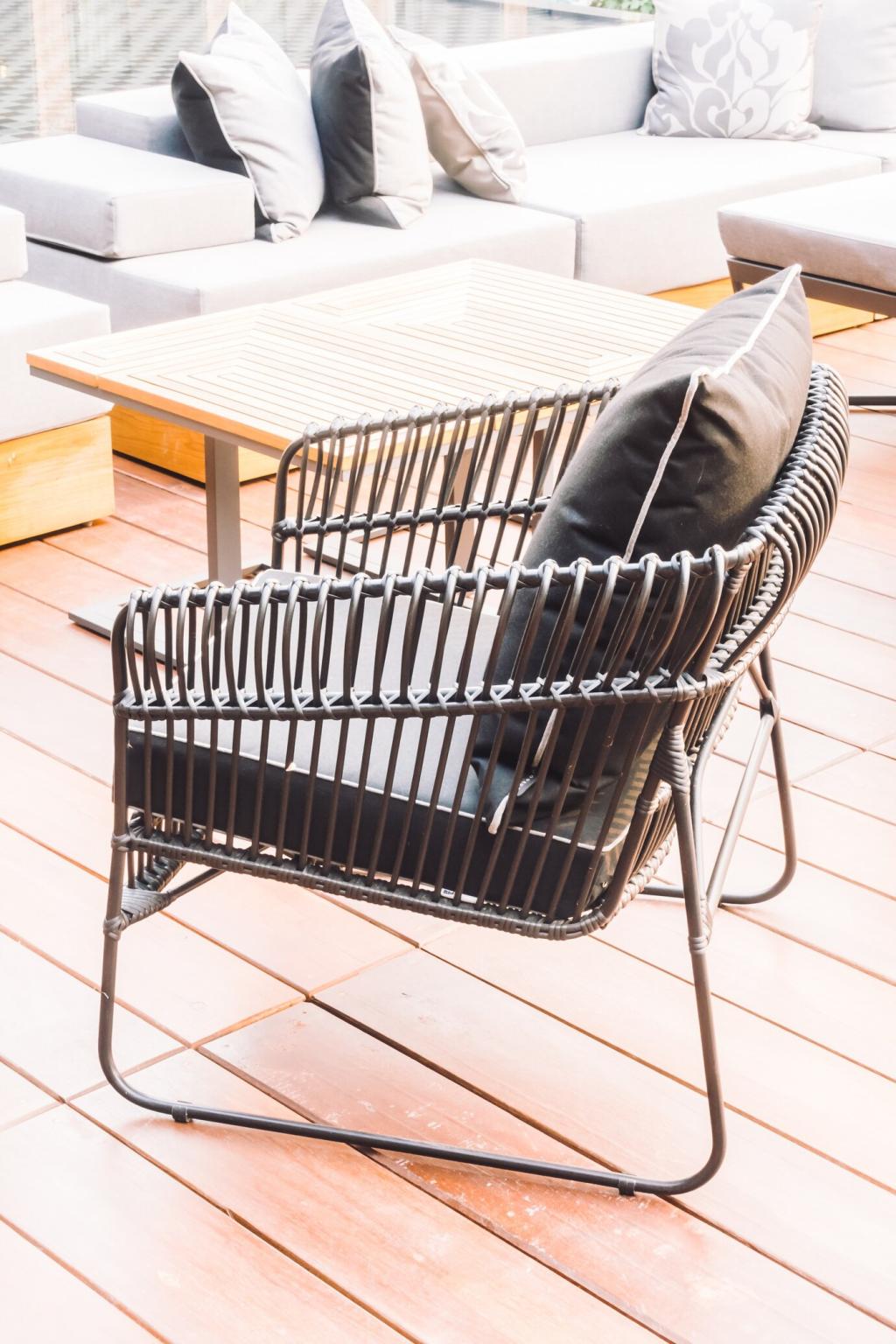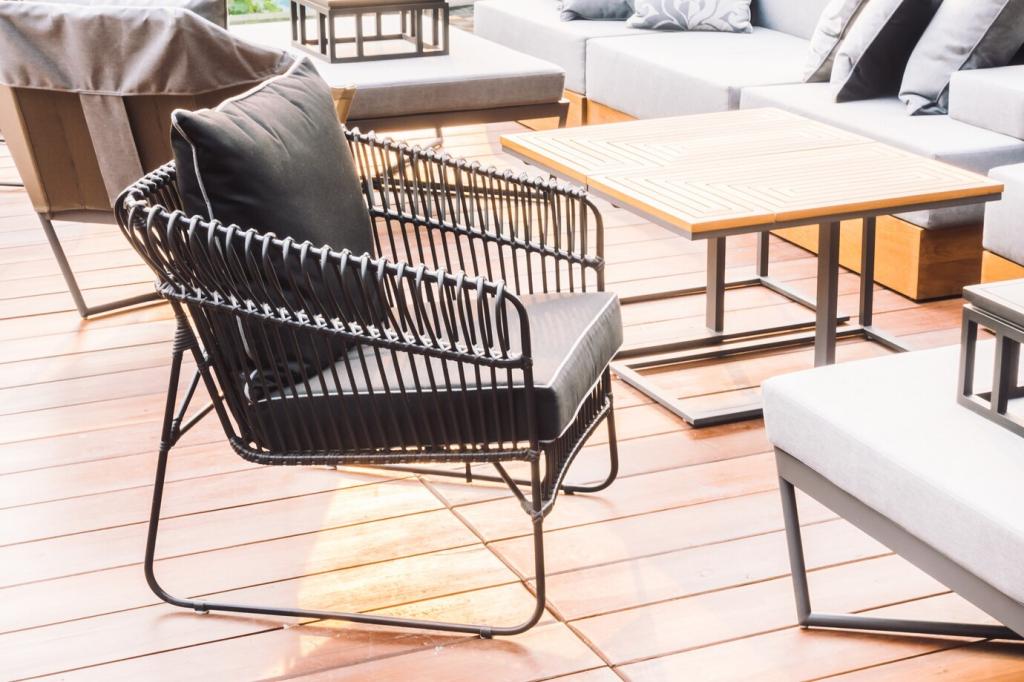Today’s Spotlight: Waterproof Protective Tarps
Welcome to our deep-dive on Waterproof Protective Tarps—practical, resilient, and ready for any forecast. From storm-proof shelters to jobsite safeguards, discover hands-on wisdom, real stories, and expert tips you can use today. Subscribe for ongoing tarp insights and share your experiences with our community.
Why Waterproof Protective Tarps Matter
Polyethylene, vinyl, and treated canvas each resist water differently, with coatings and laminates that seal fibers and block seepage. UV stabilizers combat sun damage, while reinforced hems and scrim layers add strength where wind and weight stress a tarp most.


Why Waterproof Protective Tarps Matter
Heat-welded seams reduce pinhole leaks, dense weaves limit capillary action, and smooth coatings shed rain before it pools. Combine tensioned tie-downs with sloped pitching to guide runoff, preventing the sagging pockets that strain fabric and grommets.
Size, Coverage, and Overlap
Measure more than the footprint—account for height, drape, and wind allowance so edges can be tied securely. Plan extra overlap at ridgelines and drip edges to channel water away from doors, tools, or stored materials that must stay dry.
Thickness, Reinforcement, and Longevity
Heavier tarps tend to resist abrasion, punctures, and fierce gusts, especially with reinforced corners and rip-stop grids. Look for robust hems, welded seams, and a feel that inspires confidence rather than crinkly fragility in your hands.
Grommets, Tie-Downs, and Edge Strength
Even great fabric fails with weak hardware. Choose rust-resistant grommets set into reinforced hems, and pair them with quality paracord or shock cord. This combination spreads force evenly and helps maintain waterproof integrity under load.

Real-World Uses That Inspire Confidence
Pitch a high ridgeline and steep angles to shed rain, keeping sleeping areas reliably dry through shifting winds. A vestibule-style porch protects boots and packs, while a secondary ground tarp backs up your tent floor against creeping moisture.
Real-World Uses That Inspire Confidence
Cover lumber, drywall, and tools to prevent swelling, warping, and rust. Secure edges off the ground so runoff escapes freely, and label dedicated tarps for clean versus dusty tasks to keep delicate finishes safe from grit and dampness.
Setup, Anchoring, and Safety Essentials
Knots and Tension Techniques
Use a bowline for secure fixed loops, a trucker’s hitch for adjustable tension, and soft shackles or carabiners for quick changes. Combine these with shock cord segments to absorb gusts without tearing fabric or distorting grommets.
Protecting Edges and Contact Points
Any sharp corner can abrade a tarp under vibration and rain load. Add padding at contact points, use edge guards on metal, and avoid over-tensioning that concentrates stress, preserving both waterproof coating and structural integrity.
Ventilation, Condensation, and Drainage
True waterproofing blocks rain while managing moisture inside. Create cross-breezes, maintain drip edges, and avoid flat spans where water collects. Controlled ventilation helps prevent mildew, odors, and hidden dampness beneath your protected items.



Sustainability and Responsible Use
Buy Once, Use Often
A sturdy tarp that survives multiple storms beats several disposable ones that fail early. Selecting quality materials and maintaining them well conserves resources, saves money, and keeps projects on track despite unpredictable weather.
Creative Reuse and Second Lives
Retire a scuffed tarp into a ground cloth, woodpile cover, or paint drop sheet. These second-life uses extend value while keeping waterproof performance focused on the tasks where it still truly excels.
End-of-Life Considerations
Check local options for recycling or responsible disposal, as programs vary widely. Before discarding, salvage grommets and usable panels for patches, reducing waste and helping future repairs stay strong and watertight.
The Farmer’s Haystack Save
After a week of relentless drizzle, a tightly lashed tarp preserved a season’s hay from ruin. The careful ridge setup channeled water cleanly, proving that thoughtful rigging can protect livelihoods as surely as it safeguards gear.
Road Trip Rescue on a Coastal Night
A sudden ocean squall threatened a loaded roof rack until a spare tarp wrapped and cinched everything safely. Morning sun revealed dry bags, intact straps, and a newfound respect for simple, trustworthy waterproof protection.
Community Fix After Heavy Rain
Neighbors teamed up to cover a leaky shed with a spare tarp, stabilizing the space until repairs could begin. The shared effort sparked tool swaps, coffee, and a lasting tradition of checking forecasts together each weekend.
Pro Tips for Flawless Waterproofing
Angle surfaces steeply so water moves fast and cleanly to ground. Add drip lines beyond protected items, and avoid troughs that collect weight, stretch fabric, and invite leaks where seams and ties meet.

